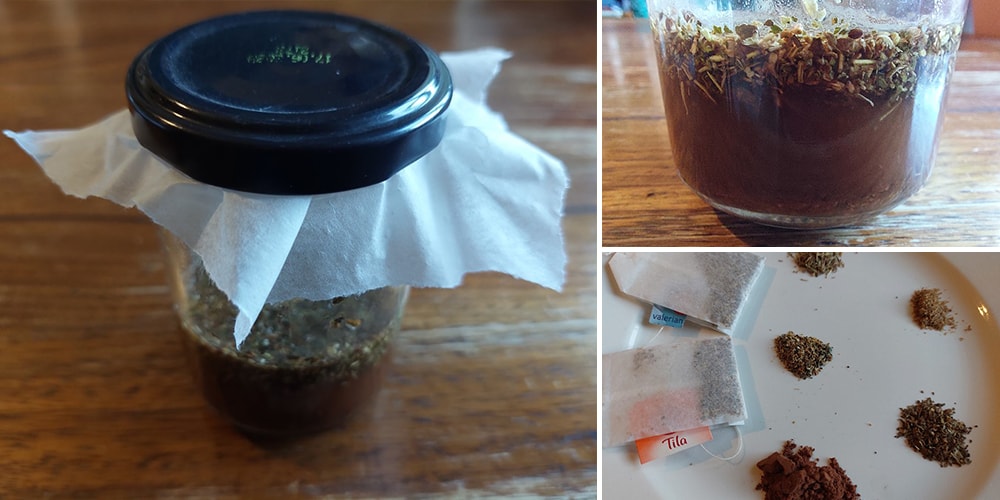
Natural Sedative for Anxiety and Panic Attacks
There is an abundance of natural, alternative therapies and remedies for reducing anxiety and panic attacks: aromatherapy, meditation, breathing exercises, massage and of course, plant extracts. This article is a summary of some of the plants you can use to calm anxiety and how to best extract them for the most effective results. Obviously, this is not a complete list, but a good start on some common plants that you may find in your area or maybe even grow in your own garden.
There are many ways to extract beneficial compounds from plants; oil, alcohol, vinegar, water and glycerin. Many of the plant compounds used for treating anxiety are either water or alcohol soluble, but research shows that magnesium is important for treating anxiety. For this reason, today’s remedy for a natural sedative involves vinegar extraction, since minerals don’t extract into alcohol.
Plants for a Vinegar-Based Sedative
Technically all plants contain some magnesium, but cocoa powder (Theobroma cacao) takes the prize, so try adding a teaspoon into your vinegar tincture.
The leaves of Creeping primrose-willow (Ludwigia repens) produce a sedative effect in mice that is comparable to Diazepam. This popular aquarium plant can be found naturally in US waterways.
Cramp bark (Vibernum opulus) is a well-known uterine anti-spasmolytic, but it can also be used as a general muscle relaxant and sedative. It is a popular hedge plant so it’s common in many gardens.
Research on Holy basil (Ocimum tenuiflorum) shows that the alcoholic extract is a reliable treatment for stress and anxiety and can produce an effect similar to Diazepam and fluoxetine, but a vinegar extract of holy basil will contain more minerals such as magnesium. When kept indoors, it will grow all year.
Valerian root (Valeriana officinalis) reduces anxiety and can improve sleep quality. There is some degree of conflict in the research about whether valerian is also a sedative or not, but studies on mice show it might reduce anxiety without making you feel tired. It’s possible to brew valerian root tea, but a vinegar tincture is more effective.
St John’s wort (Hypericum perforatum) is an accepted treatment for anxiety and depression in many countries due to the compound hyperforin and other flavonoids present in it. It can be prepared as a tea or a vinegar tincture. St John’s wort grows all over the world and is considered a weed in many countries so it shouldn’t be too difficult to find in open fields.
Passionflower (Passiflora sp.) has a mild sedative and anti-anxiety effect which can be enhanced by combining it with valerian root. Brewing tea is the easiest way, but a vinegar tincture is also effective. Passionfruit vines need protection from cold weather.
Linden or basswood (Tilia sp.) flowers contain flavonoids that have a sedative effect. You can brew tea or make a vinegar tincture. Tilia trees are quite large, but they are often planted in public spaces and found naturally across the northern hemisphere.
⇒ Better Than Spinach: The Plant You Should Look for If You’re Always Tired (Video)
Natural Sedative Recipe
Ingredients
Those who can’t grow their own sedative plants should look in the tea aisle in your local supermarket. Many brands sell tea blends that contain some of the above-mentioned plants which can be used to make your vinegar tincture.
And don’t stress if there are a couple of extra ingredients in your chosen tea blend; for example, I found a valerian tea that also contains passionflowers, mint and sage, which I will use for this remedy.
Method
- Take about half a teaspoon of each of the above-mentioned plants (fresh or dry) and place them in a small glass jar, preferably one with a plastic lid. I’m using a combination of teabags and dried herbs.
- Fill the jar with vinegar so that you have roughly twice as much vinegar as herbs.

- Put the lid on tight and place in the fridge for 2 weeks. Give the jar a shake every other day. If you’re using a jar with a metal lid, protect it from corrosion by placing a piece of baking paper under the lid.

- Strain your vinegar tincture and it’s ready to use.

Storage: Vinegar-based tinctures are recommended to be refrigerated, and can last up to a year. They can also be stored in a cool, dark cupboard.
Dosage: Shake the jar and take 15 drops of vinegar tincture either every day or when needed.
Conclusion
In stressful times, it’s good to know that there are some common plants that can be easily foraged or grown to make a natural sedative. And if not, you can still use teabags to make a simple vinegar tincture to help you manage your anxiety and reduce the occurrence of panic attacks.








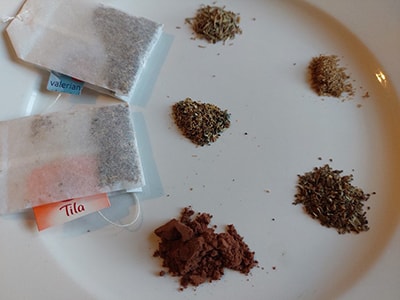
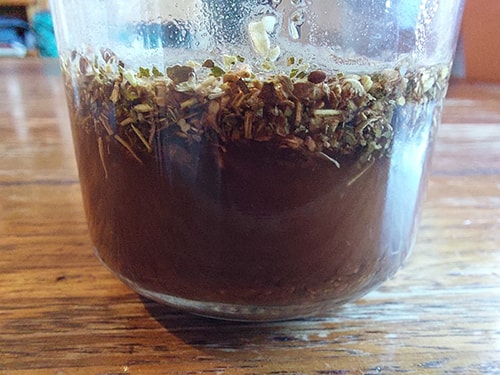
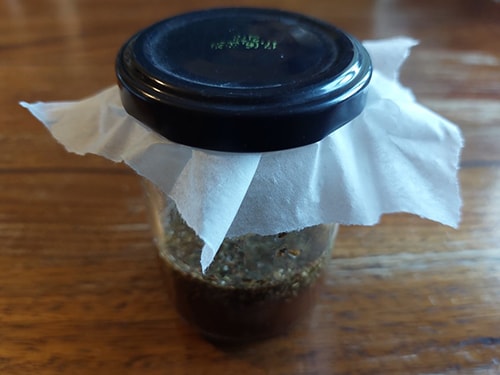
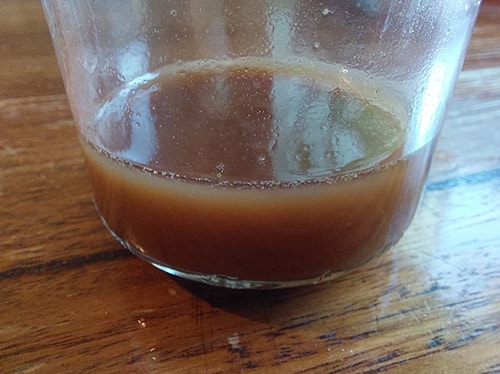
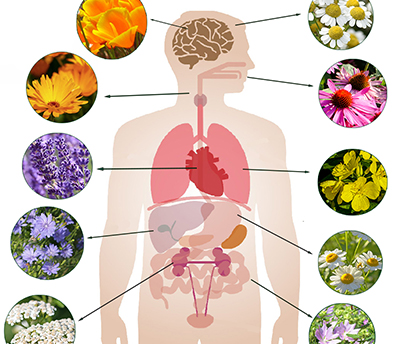
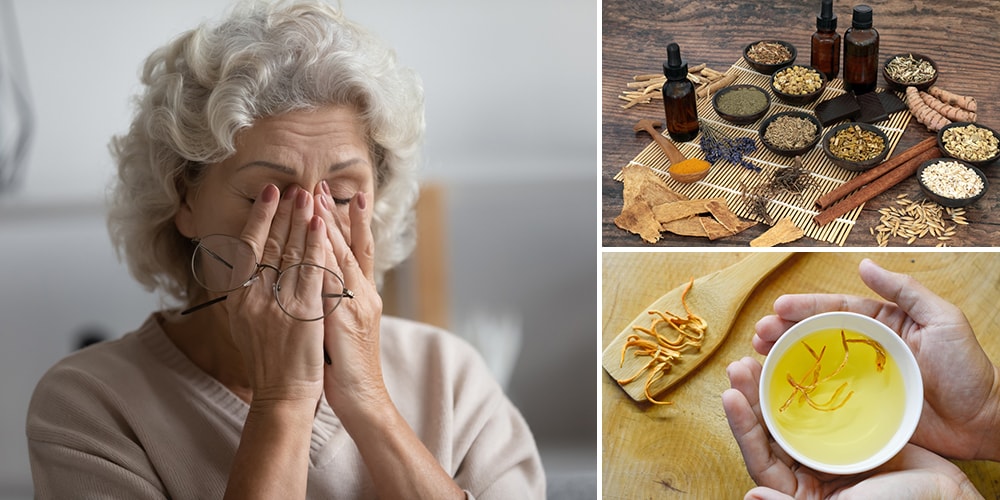
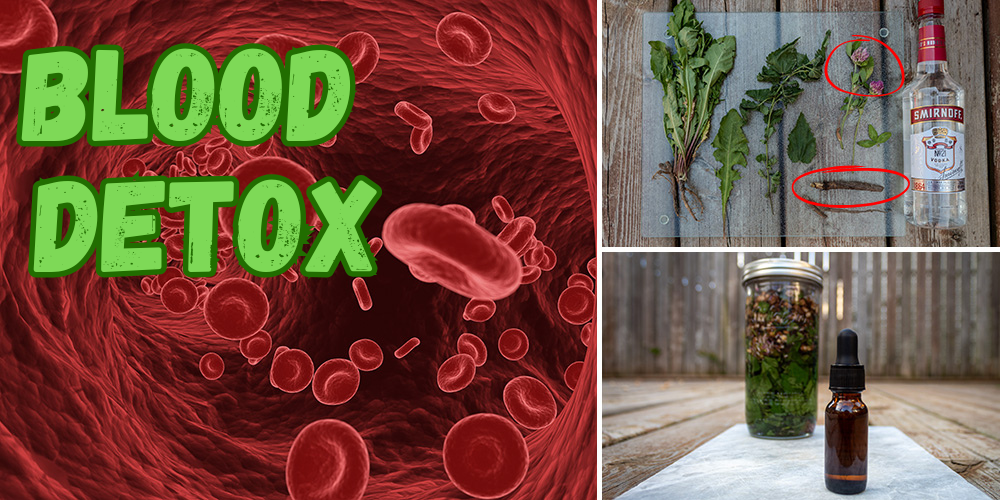
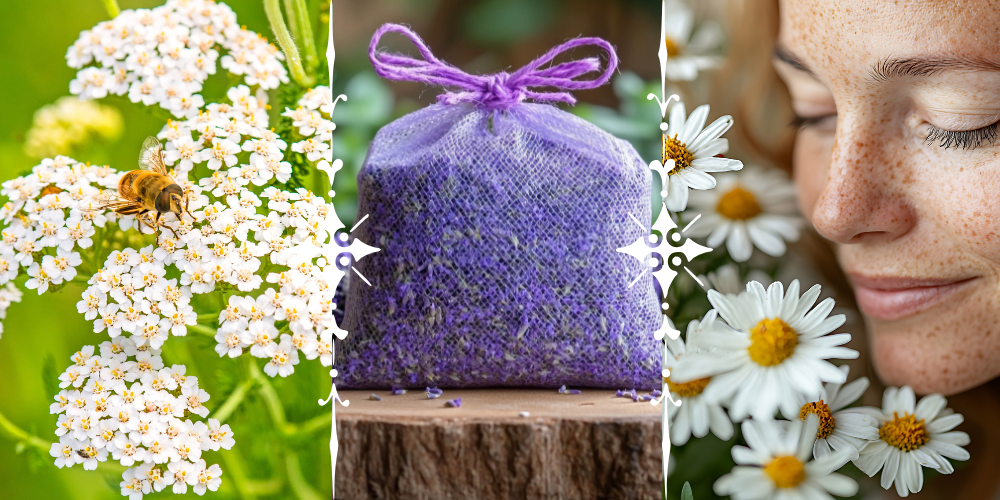
Interesting. I love how you introduce the possibility of plants, some of which I have never even heard of, to your remedies. Lots of “food for thought”. For the above subject, I would also consider Kava Kava, Motherwort, Lemon Balm, Skullcap, and Corydalis as possibilities. I’m not sure of how suitable they are for a Vinegar preparation though. It should be noted that both Skullcap and St John’s Wort are, per M. Moore, best utilized for both oils and tinctures, by using the fresh plant rather than dried herb. So wildcrafting and/or gardening would seem to be the best option for them. Thanks for your hard work and interesting posts.
I have seen Kava Kava make things worse for someone with anxiety, even using the lower-dose capsules that are sold. I think it is important to have as many things that we can use as possible, but try them out gradually until something that works for that person is found. People’s body chemistry can vary, which I believe accounted for the bad anxiety episodes in my relative.
Great post! Thank you
Hi Chuck,
Thank you for your kind feedback. We’re happy to hear the article is helpful to you.
Many blessings and good health!
Good article! Thank you for posting.
Hi Wood,
You’re very welcome! It’s good to hear that our readers enjoy the articles.
Many blessings and good health!
Can this be used for my 50 lb dog?
How many drops?
Hi Ann,
It’s important to exercise caution when using it on pets. While small amounts of diluted vinegar tinctures may not be harmful to dogs, it’s always best to consult with a veterinarian before administering any home remedies or tinctures to your pet.
Vinegar is acidic, and it can potentially cause irritation or discomfort to a dog’s skin, digestive system, or other sensitive areas.
Many blessings and good health!
FYI Most Cocoa has lead in it . Choose it wisely
Valerian does not work for me has opposite effect, where do I get the Willow you talk about to make tincture ??
Hi Denise,
We’re sorry to hear Valerian has this effect on you. You can find dried herbs in most health food stores, or online herbal shops. It is best to search on Google to find one that delivers to your area.
Many blessings and good health!
Fantastic and thank you. I love learning from you.
Hi Miriam,
Thank you so much for your kind feedback. We really appreciate it.
Many blessings and good health!
I ordered this book about 1 month ago
Haven’t received!?!?!?!
Is it safe to use this recipe if I’m taking an anti-depressant/anxiety prescription drug? I finally found St. John’s Wort in my foraging, but I’m afraid to use it.
Has anyone ever made a Tincher out of ghost pipe/Indian pipe?
I made this recipe in vinegar and another in alcohol. Can you please tell me if I’ll regret it or wasted my time and plant matter?? I thought I’d see which works best. 🤷♀️ I’ll be glad when I’ve learned enough to answer my questions. Lol
Some years ago my doctor told me that I was diagnosed with HSV2. I was heartbroken, yet those same years I found a doctor online named Dr Okosun, who helped me cure the virus with a natural herbal treatment permanently.
drokosun55@gmail .com
I was treated with natural herbs that eliminated this virus from my body till date. I recommend him to y”all for any drug resistant disease/virus and live healthy again just as he did me.